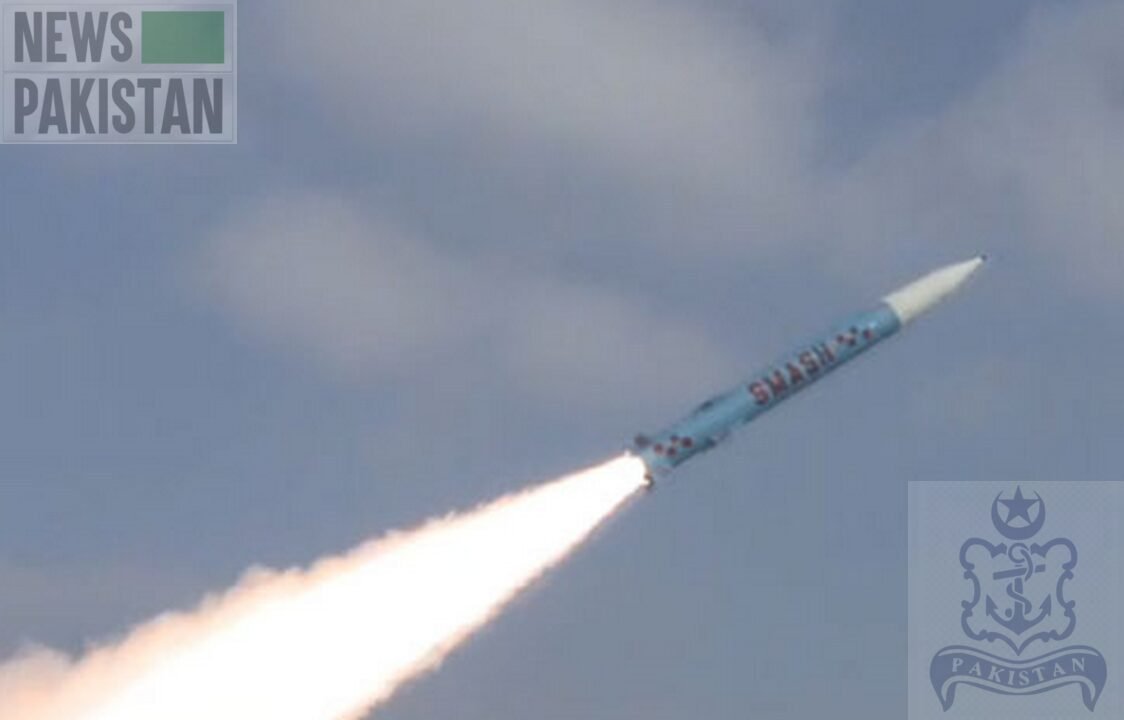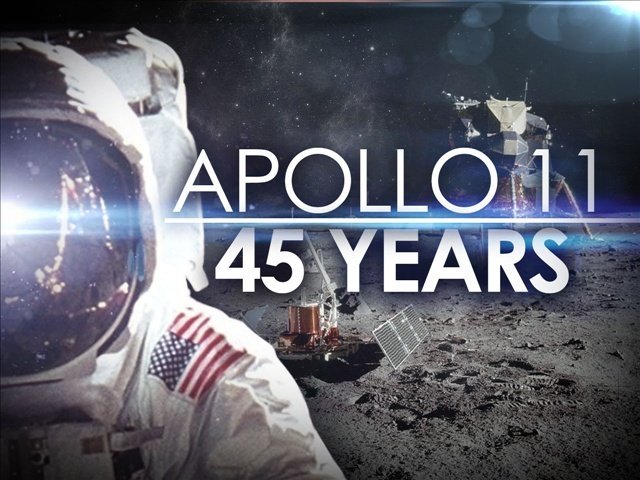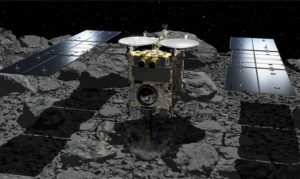WASHINGTON: The Apollo 11 mission to the Moon and back 50 years ago went down in history as mankind’s giant leap, changing the way we saw our place in the universe.
But the program was also the catalyst for profound scientific and engineering breakthroughs that reverberate to this day.
It required overcoming myriad technical challenges, a task made possible only by Congress’ decision to hand a blank check to NASA to beat the Soviet Union in the space race.
Overall, the US spent about $150 billion in today’s money on its first three astronaut programs.
“Apollo provided a laboratory for people to really get down into the solving the huge engineering problems facing us,” Brian Odom, a historian at NASA Marshall Space Flight Center, told the
The Saturn V rocket spearheaded by a team of ex-Nazi scientists remains the most powerful that has ever been built and provided a blueprint that subsequent missions have all followed.











